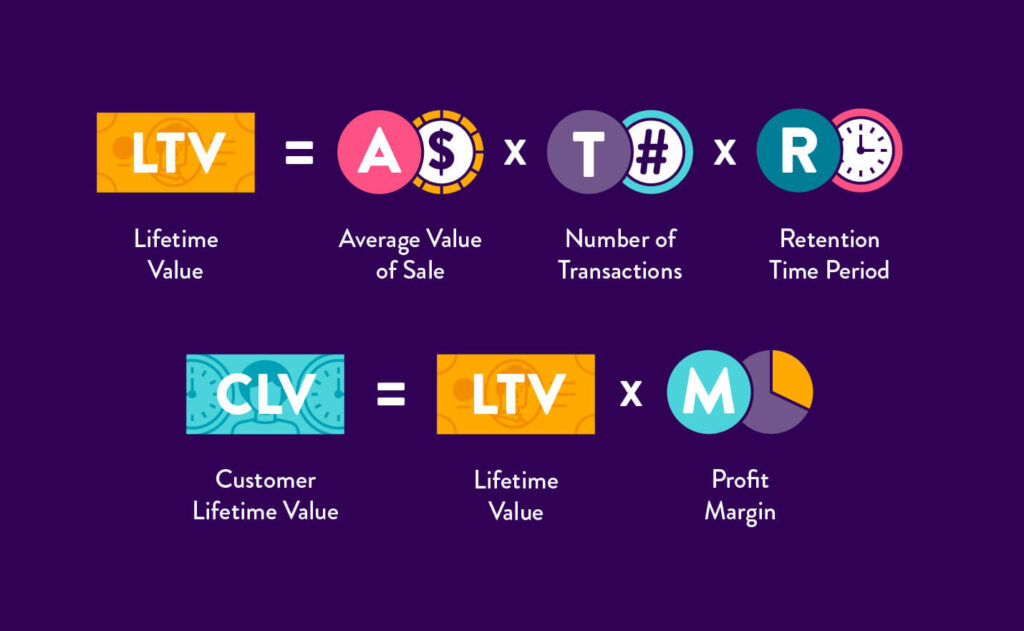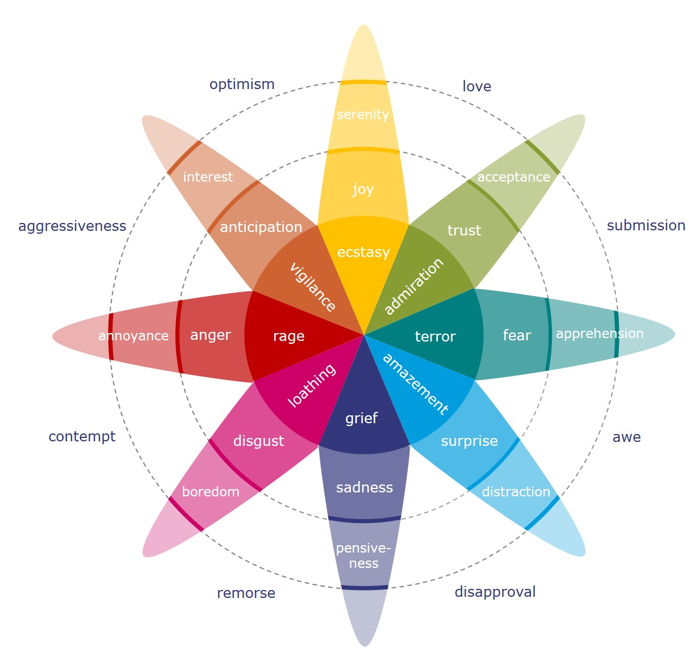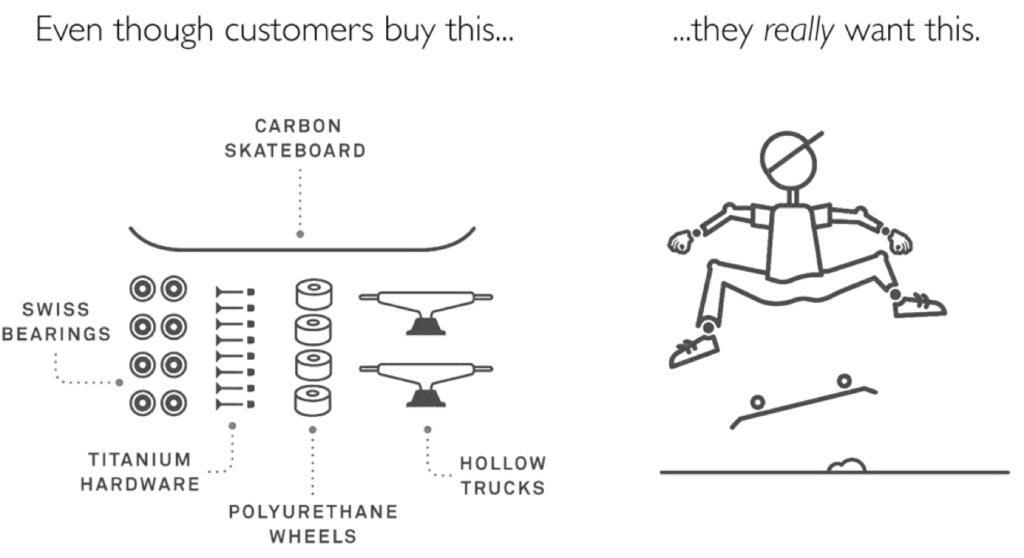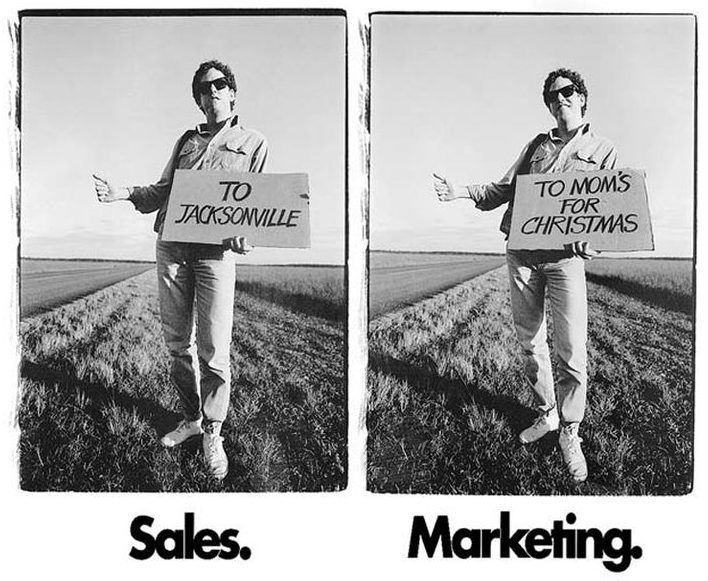B2B lead gen campaigns are tricky things. On the one hand you have to justify activity to leadership, sales, finance and other stakeholders. On the other hand, long sales cycles, and attribution challenges (save you lucky SaaS peeps) can stifle progress. And let’s not forget the headaches involved in developing campaigns for niche segments, limited audience pools, and balancing performance with brand protocols.
If you’re like a lot of B2B marketers, you’ll have put in serious hours on mapping out your vision to the c-suite folks.
Of course, there’s only so much detail you can pull together during strategy setting. You can’t be everywhere at the same time, and you’ll want to take some solid results into the next quarterly business review to demonstrate progress and performance.
So, how do you go about translating your carefully crafted strategy into powerful campaign fuel, quickly and accurately?
Well, there’s normally a gap to bridge between that broader strategy and what happens prior to setting ads live with your digital marketing agency.
The campaign planning process (or as we call it at Reef, the Campaign Blueprint) includes an additional layer of research into personas, campaign-messaging pillars, media plans, CTAs and ad concepts, amongst other things.
It ties together the campaign conversion journey, and it’s one of the best ways to help improve your chances of hitting performance goals before spending a single cent on PPC ads.
There are a lot(!) of ways to tackle this, but here’s a few of the techniques we like to use at Reef when we’re figuring out what to say to who and when:
1 – Prioritise your most valuable customers for short and long-term results
The systems design principle of ‘fail fast, fail often’ is a powerful but often misunderstood buzz term. It’s about rapid progress through incremental gains and insights garnered through an iterative approach. What it doesn’t mean is throwing everything at the wall and seeing what sticks. And it can be applied to campaigns, particularly in the delicate scenario of embarking on a brand new strategy.
A good question to ask in campaign planning is: which audience profiles and corresponding offers will deliver meaningful results to the business soonest? CXL covers this in detail on the subject of customer value optimisation. But to distil this down into some simple advice, target for equal parts volume, value, and quality. Compromising on this for short-term performance might look impressive, but significantly impacts long-term outcomes.
Of course, in a perfect world you’d launch campaigns across the board at the same time. But in most cases this is risky, time-consuming and difficult to control.

Setting a runway for increasing volume, value, and quality of leads and sales over a defined period helps guide decision making around budget allocation and testing opportunities. Keep building on that with more campaigns, ads, audiences, assets, and budget regularly. Build a rationale for additional activity as you go, and troubleshoot underperforming ads before scaling media spend.
This is where accurate tracking and reporting pays for itself ad infinitum. Not to mention an aligned approach for training advertising algorithms in successful goals to optimise towards.
Consider the velocity that will get you live and allow you to scale with confidence. So you can confidently turn up to that QBR with results, insights, and next steps, not just a bunch of numbers.
2 – Understand the real trigger points that put your prospects in-market
Listing out the most provocative trigger points that put target prospects in-market can be a powerful area to explore in more detail.
Getting brand discovery ads up is an important part of building top-of-funnel traffic for your campaign. But it’s important to know where you’re taking prospects on the customer conversion journey. Siloed always-on brand campaigns might get in front of lots of eyeballs. But in B2B, where long sales cycles are common, effectiveness can take time to measure. Time you may not have.
You’ve already identified who and what will deliver the most meaningful results, so next it’s about understanding what puts those target personas in-market.
This might be something like switching jobs or joining a new company. It could be a response to macro factors like changes to legislation or economic shifts.

You might find it useful to consider two kinds of triggers:
- Emotional triggers are the flashpoints that trigger psychological responses by your prospects. In Plutchik’s Wheel of Emotions these responses can be categorised across eight sectors: anger, anticipation, joy, trust, fear, surprise, sadness and disgust. Insights can be found in customer surveys, discussions with internal teams, customer reviews, discussion forums and other customer research.
- Behavioural triggers are the actions that people take in response to emotional triggers which can indicate your audience’s intent and whether or not they are in-market. This could include search engine queries, purchases, reviews, social media interactions, content engagement, clicks, and other online responses to real world events and or messages. Insights around these behavioural triggers can usually be extracted from search data, website analytics, ad platforms and beyond.
Some of these may be changing trends which run over a finite period, so it’s worth considering the longevity of potential angles and offers that arise.
Thinking of triggers in this way helps you drive ideas forward for how targeting, copy, and creative can work together, as well as how to approach CTAs, offers, and measurement that deliver a much stronger link between your product and the target persona.
And before we move on, a word on not-yet-in-market audiences. Yes, they can be equal and in some cases are more important. But equally that means you’re considering your entire market. They may not be in-market for years; in fact, around 95% won’t be.
That could result in a helluva lot of wasted ad spend.
And for that reason these audiences require a different approach when it comes to both advertising and messaging – but that’s a conversation for another day!
3 – Prioritise your customer needs to guide campaign messaging and more
This is an area that we find sometimes requires a bit more of a deep-dive than what usually happens at the wider strategy level. That’s because while there could be a strong link between personas, brand and product, when it comes to the ad creative itself, there are some serious performance opportunities in identifying the most appropriate hook point.

Break down the customer needs of your most-valuable prospect personas using the ‘jobs to be done’ framework, ordering by what is essential. And remember, it’s what’s important to them, so avoid retro-fitting customer needs to product features wherever possible.
It’s also hugely beneficial if your campaign team can access raw research material and information sources. A lot of what makes copy and design production successful comes down to the team’s understanding of the audience. Make it easy for others to indoctrinate themselves into the world of the target segment, and the relationship with the product. You may even want to build a scrapbook of insights, links, information sources and other materials.
While some sophisticated marketing teams might have had the opportunity to gather and organise this into beautifully designed decks, most haven’t for the purposes of creating actionable campaign assets at this level. This will determine the quality of your copy and creative, which is fundamentally linked to the performance of your campaign journeys and precedes media-buying prowess.
4 – Uncover the transformations that customers actually experience
Exploring the transformations that audiences experience while on the journey of becoming a customer of your brand is really crucial to effectively articulating key messages in ad creative.
Providing the people working on your campaign with relevant access to sales people, account managers, and technical staff – the people who are face-to-face with customers daily, can be a serious game changer. That’s due to some of the sweetest messaging morsels coming from the language used on the front lines.

I’ll avoid being overly prescriptive with questions, but it’s stuff like:
- To sales: ‘What happens during a perfect product demo/sales consultation?’
- To customer service: ‘What do people absolutely love about [insert product]?’
- To technical support: ‘What are some of the most common misconceptions people have about [insert service]?’
Tie-in questions with the emotional triggers you identify to narrow down the specific features and benefits that your product or service delivers to your ideal customers, and consequently their emotional states after becoming a customer.
Even if you’ve already had similar conversations, the devil is in the detail. Another few minutes between your campaign team and other stakeholders can throw out ideas for otherwise overlooked hooks.
In conclusion
You can avoid a lot of the pitfalls of B2B ads by taking a few important steps in the campaign planning process to get messaging on point.
Begin by prioritising the audiences who are likely to start delivering the right results the soonest. Be sure to uncover the emotional and behavioural triggers that put those personas in-market for your products or services. Order their jobs-to-be-done by what’s important to them, and figure out where the product meets these needs. Finally, figure out how you can map the transformational experience from real customer insights into smart, engaging, and powerful ads.
With this, you’ll be able to start considering which channels and placements are most appropriate to win your audience’s attention with these messages, and at what cost.
If all of this seems too hard to get done yourself, the Reef team is always here to help. Feel free to send us an email with any questions, or get in touch with us to organise a chat.

